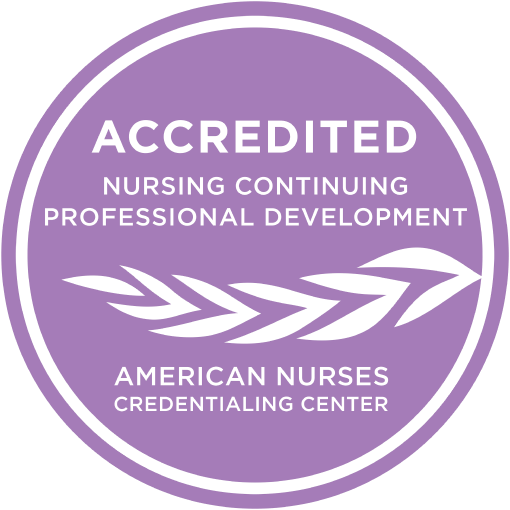Rhabdomyolysis Management
Contact Hours: 3.5
Course Overview
This course provides an in-depth exploration of rhabdomyolysis, a complex condition with life-threatening complications resulting from muscle breakdown. Participants will learn to identify key etiologies, recognize complications such as acute kidney injury (AKI) and disseminated intravascular coagulation (DIC), and implement evidence-based management strategies. The course emphasizes the importance of an interprofessional approach in optimizing patient care, addressing traumatic and nontraumatic causes, and utilizing risk stratification tools for better prognosis. Through a case-based study, participants will experience diagnosing, treating, and preventing complications associated with rhabdomyolysis.
Course Outline
- Introduction
- Differential Diagnosis
- Etiology
- Epidemiology
- Pathophysiology
- Symptoms
- History and Physical
- Diagnostic Findings
- Treatment & Fluid Management
- General Management Principles
- Renal Replacement Therapy (RRT) Considerations
- Fluid Resuscitation and Prevention of AKI
- Management of Nontraumatic Rhabdomyolysis
- Management of Electrolyte Abnormalities in Rhabdomyolysis
- Complications
- Risk Stratification
- Diet in Metabolic Myopathies
- Case Study in Traumatic Rhabdomyolysis
- Conclusion
Course Outcomes
After completing this course, the learner will rate a 4 out of 5 on the Likert Scale for their ability to:
- Learners will identify the potential etiologies of rhabdomyolysis based on clinical history.
- Learners will understand the associated complications, including AKI, DIC, and compartment syndrome.
- Learners will evaluate diagnostic markers such as creatine kinase (CK) and myoglobinuria in the context of disease severity.
- Learners will apply fluid resuscitation and electrolyte management principles to prevent AKI and other systemic complications.
- Learners will utilize risk stratification tools to predict the likelihood of renal replacement therapy (RRT) and in-hospital mortality.
Accreditations and Approvals

- American Nurses Credentialing Center (ANCC) (P0614)
- California Board of Registered Nursing (CEP 17418)
- Kentucky Board of Nursing (7-0090)
- Louisiana State Board of Nursing (58)
- Florida Board of Nursing (50-23983)
- Delaware Board of Nursing (DE-24-010127)
- Alabama Board of Nursing (#ABNP1577)
- Iowa Board of Nursing (#393)
- Kansas Board of Nursing (LT0340-0325)
Approved by the Board of Nursing in every state, you can complete your RN, LVN, and APRN CEUs with confidence.
Accreditation Statement
Nursing CE Central LLC is accredited as a provider of nursing continuing professional development by the American Nurses Credentialing Center's Commission on Accreditation.
It will take the average learner 210 minutes to complete and awards 3.5 contact hours of continuing education.
Written For
- Registered Nurses (RN)
- Advanced Practice Registered Nurses (APRN)
- Licensed Practical Nurses (LPN/LVN)
Requirements for Completion
- Enrollment in the course by the learner
- Read and learn all course materials
- Complete the course evaluation
- Attest and testify learning of the course materials
Disclosure of Relevant Financial Relationships
Nursing CE Central nor any of the authors, planners, content experts, or any contributors have any relevant financial relationships with ineligible companies to disclose.
